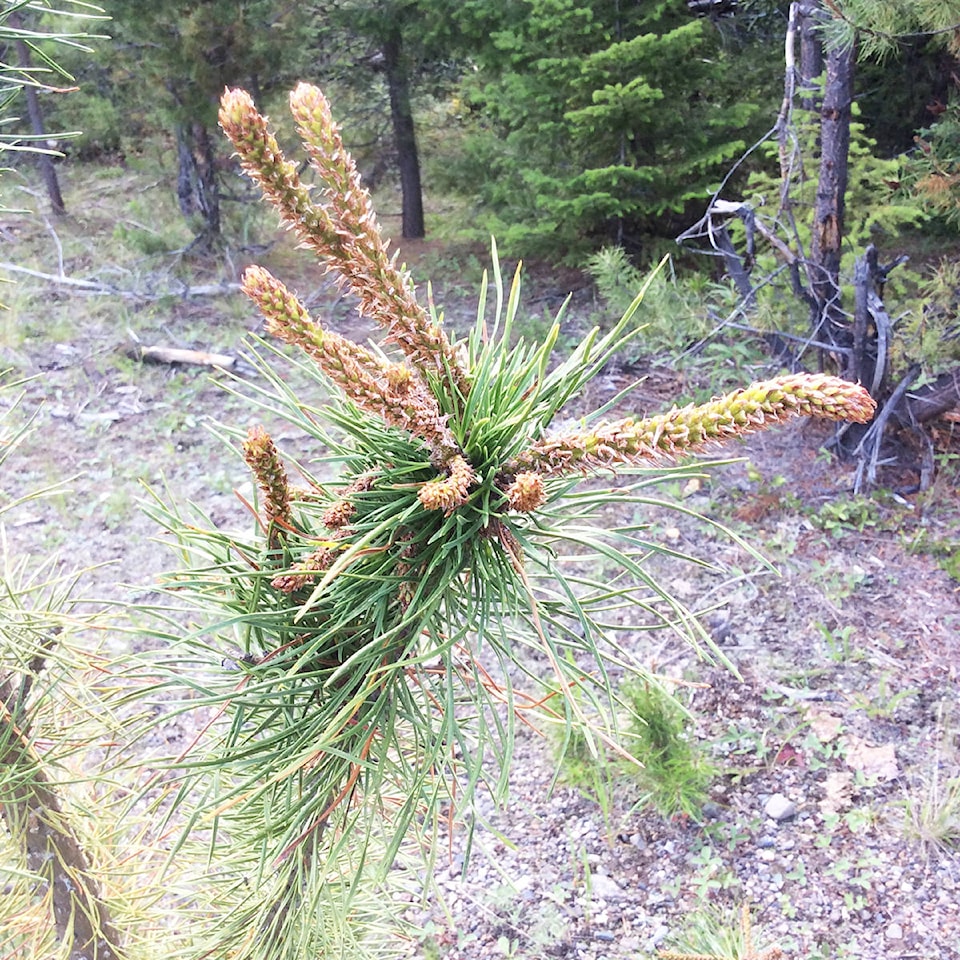Jim Hilton
Observer Contributor
In a recent Government of B.C. press release, the spraying of forests to control deciduous plants was reduced from 16,000 hectares to 10,000.
Most of the herbicide treatment was taking place between Prince George and Quesnel, and the main reason for the reduced use of herbicides was over concerns about the impacts on wildlife; particularly in moose populations.
There has also been a growing concern over the reduction of biodiversity (amphibians and insects) due to aerial spraying glyphosate (the main constituent of Roundup) on wetlands adjacent to treated forests.
Suzanne Simard, a forest science professor at the University of B.C. has had some concerns that coniferous forests don’t do better when the broadleaf plants are killed off using herbicides.
After studying the impacts of spraying for more than two decades, it turns out that nature is more complicated than a lot of people thought, and herbicide application doesn’t help the conifers grow.
Personal communication with some local silviculture specialists confirms many of the above observations.
The problem is herbicides are viewed as a quick, easy, cost-effective means of establishing conifer trees, but more and more research seems to show otherwise.
Susan Woermke has many years of silviculture experience in the Interior of the province and has arrived at the following conclusions.
“We do not need to use herbicides, as there are other means of effective establishment: timely silviculture practices and site-specific prescriptions may be utilized as a means of meeting legal obligations without undue cost.”
In her experience, conifers may also suffer growth defects, contrary to the claims of herbicide manufacturers.
A study in eastern Canadian forests also described similar conclusions as in this province.
The conclusion was that stocking of commercial species without the use of herbicides was superior, and it was recommended that the government cease to fund herbicide use in Nova Scotia and consider banning its use on Crown land.
The complete elimination of herbicides may be a problem for some forest companies who are required to meet a minimum stocking of conifers as prescribed by government regulations. Some silviculture research specialists have been looking at the stocking standards that deal with the level of deciduous plants and the associated free growing levels of conifers so that the forest companies can meet their commitments. Ongoing research is showing that using herbicides may not be achieving the intended results and collateral damage may often create many negative consequences.
With the recent wildfires, it has also been observed that aspen stands are much more resistant to wildfire spread and should be taken into account when developing strategies for developing fire guards for fire prevention and control. With aspen being used for fibre in products like OSB, it is a good time to reconsider some so-called weed species as more useful in the mix of commercial forests.
The attached photo taken by Susan Woermke were from a site treated with Roundup and show deformation of pine leaders.
While the pine were not killed, the damage will certainly impact the rate of growth and quality of the trees.
